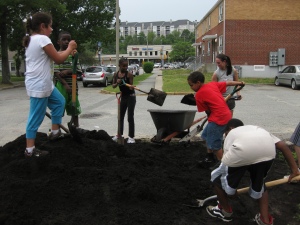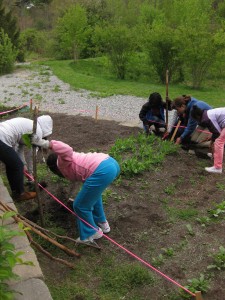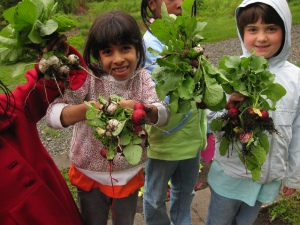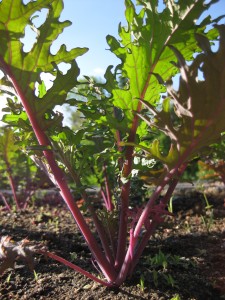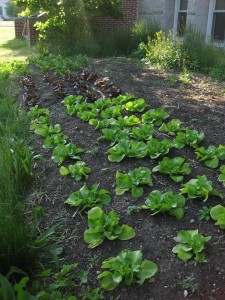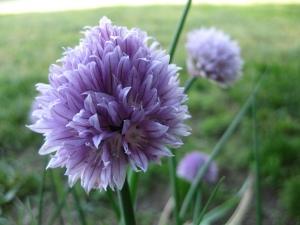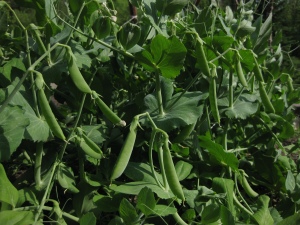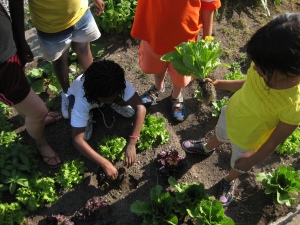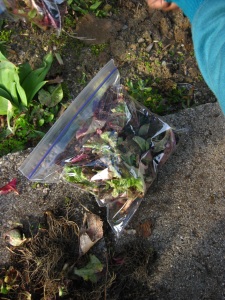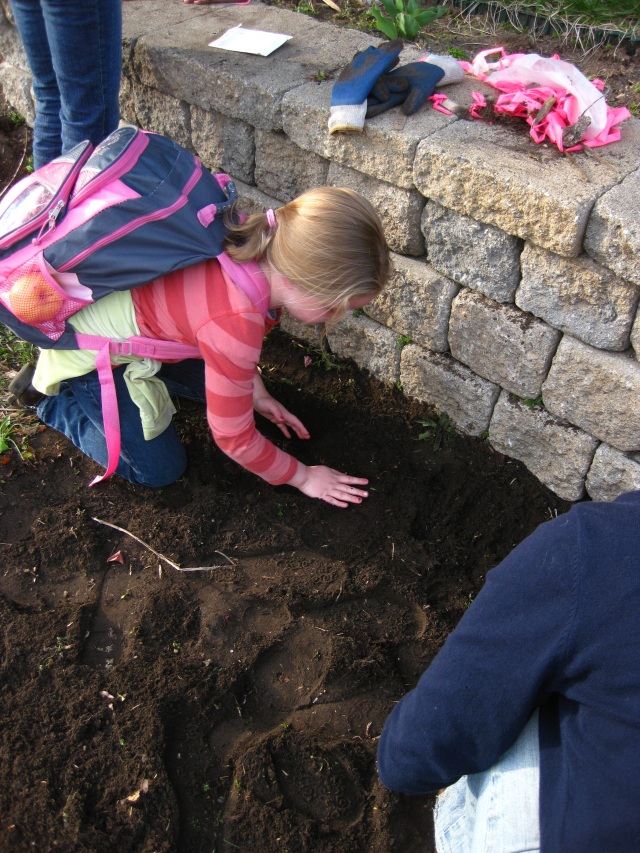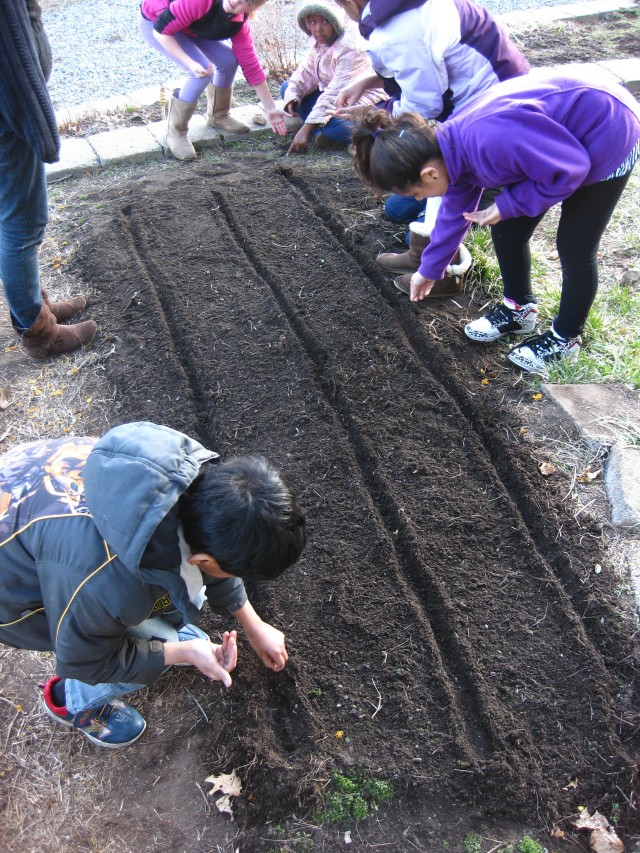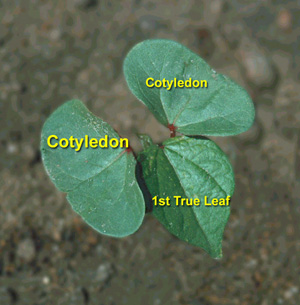A worm bin was created at Northeast Elementary this morning. This is what happened.
We started with the worm bin made at Healthy Waltham. The students looked at this worms and held them learning more about how nice they are.
Then it was the time to make our own worm bin. We started by ripping up old newspaper into thin strips to create bedding. Bedding is an important part of the worm bin because it provides a place for the worms to be when they are not eating the things put into the worm bin.
Then we dampened the strips in water so that they would be moist. It is important to have the bedding be somewhat moist, but not too wet.
The next step was to put a little it of soil to add to the bedding. This gave the worms more places to live.
Then worms were put in. Each student picked up the worms from the old worm bin and put them into the new worm bin. Then they put some food inside. Soon the worm bin will grow and the worms will eat food. In 35 Days there can be more worms that are alive and lving in there making compost from vegetables.
It is important that the things composted are mostly vegetables. it is not that the worms will not eat anything else. It is just that things like fruit will attract fruit flies and then you will have a fruit fly bin.
Here are some ways to deal with fruit flies who may start hanging out around your bin. The thing you can do is to have a cover on it. Another thing to do is to avoid using sweet fruits and citrus, as this will attract fruit flies. Make sure you put the food under the bedding a little bit both so that the worms can access it and so that flies are not attracted to them. One fun thing to do if there are too many furit flies swriling around the bin is to take a vaccuum cleaner and vacuum in the air they are flying in. This will suck up a lot of them in no time.
Scott Oglesby November 2011



